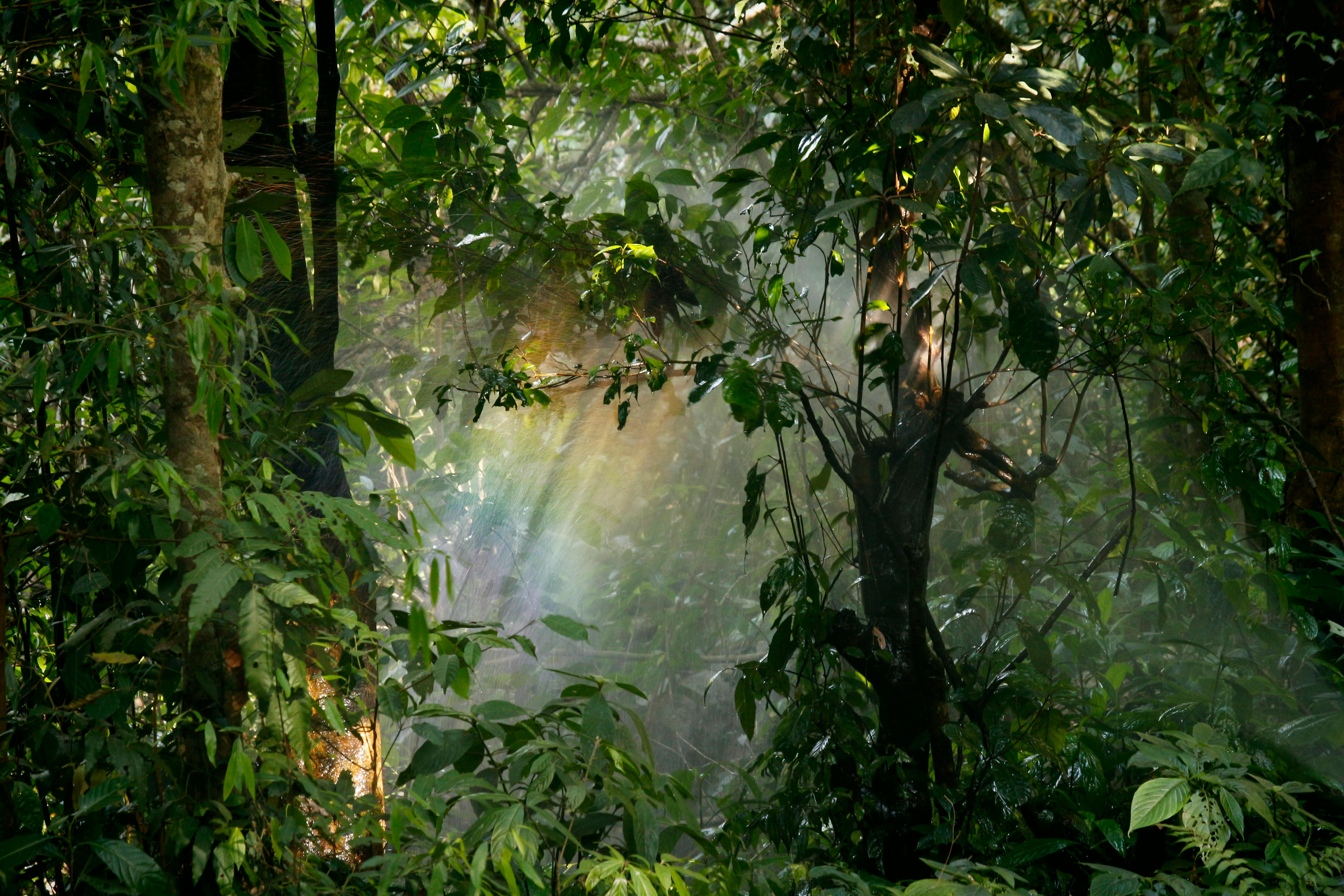New Study Reveals Vast Potential for Natural Forest Regrowth in Humid Tropics

A groundbreaking study published in *Nature* has revealed that up to 215 million hectares of land in humid tropical regions possess significant potential for natural regrowth, an area larger than Mexico. This regrowth could sequester an impressive 23.4 gigatons of carbon over 30 years, addressing critical issues such as biodiversity loss and water quality.
The study, which highlights the importance of natural regeneration, indicates that more than half of the identified areas suitable for regrowth are located in five key countries: Brazil, Mexico, Indonesia, China, and Colombia. Co-lead author Brooke Williams, a researcher at the Queensland University of Technology and the Institute for Capacity Exchange in Environmental Decisions, emphasized that leveraging natural regeneration techniques can provide a cost-effective alternative to tree planting in degraded landscapes, helping nations achieve their restoration goals.
The study's foundation was laid by Matthew Fagan, an associate professor at the University of Maryland, Baltimore County (UMBC), who developed a dataset used in this research. By utilizing satellite imagery, Fagan identified millions of small areas with increased tree cover from 2000 to 2012, excluding areas that were artificially planted. This approach allowed the team to focus on natural regrowth, making this study the first of its kind to predict future forest regrowth based on observed past changes.
The study was co-led by Hawthorne Beyer, head of geospatial science at Mombak, a Brazilian startup focused on generating high-quality carbon credits through Amazon reforestation. The research drew on extensive global datasets, considering factors such as soil quality, slope, population density, and proximity to existing forests.
The findings revealed that the strongest predictors of regrowth potential include a patch's proximity to existing forest, the density of nearby forest, and soil carbon content. These factors help explain the patterns of regrowth observed worldwide, as close proximity to existing forests facilitates the availability of diverse seeds crucial for successful regeneration.
The culmination of this research is a comprehensive digital map of the global tropics, where each pixel (representing 30 x 30 square meters) indicates the estimated potential for regrowth. Fagan hopes that this resource will empower local communities, organizations, and decision-makers to advocate for restoration efforts tailored to local conditions.
While some identified potential regrowth areas may not be suitable for restoration due to active land use or urban development, a significant portion consists of abandoned and degraded pastures or logged forests. Encouraging natural regeneration in these areas poses minimal economic impact while offering extensive benefits, including improved water quality, local biodiversity, and enhanced soil health.
Fagan remarked, "Restoring these areas to rainforest would yield immense benefits, including carbon sequestration. The key question is, 'Where can we implement this most efficiently?' This study provides answers to that question."
Story Source:
Materials provided by University of Maryland Baltimore County. The original text of this story is licensed under a Creative Commons License. Note: Content may be edited for style and length.
Journal Reference:
- Brooke A. Williams, Hawthorne L. Beyer, Matthew E. Fagan, Robin L. Chazdon, Marina Schmoeller, Starry Sprenkle-Hyppolite, Bronson W. Griscom, James E. M. Watson, Anazélia M. Tedesco, Mariano Gonzalez-Roglich, Gabriel A. Daldegan, Blaise Bodin, Danielle Celentano, Sarah Jane Wilson, Jonathan R. Rhodes, Nikola S. Alexandre, Do-Hyung Kim, Diego Bastos, Renato Crouzeilles. Global potential for natural regeneration in deforested tropical regions. Nature, 2024; DOI: 10.1038/s41586-024-08106-4

0 Comments